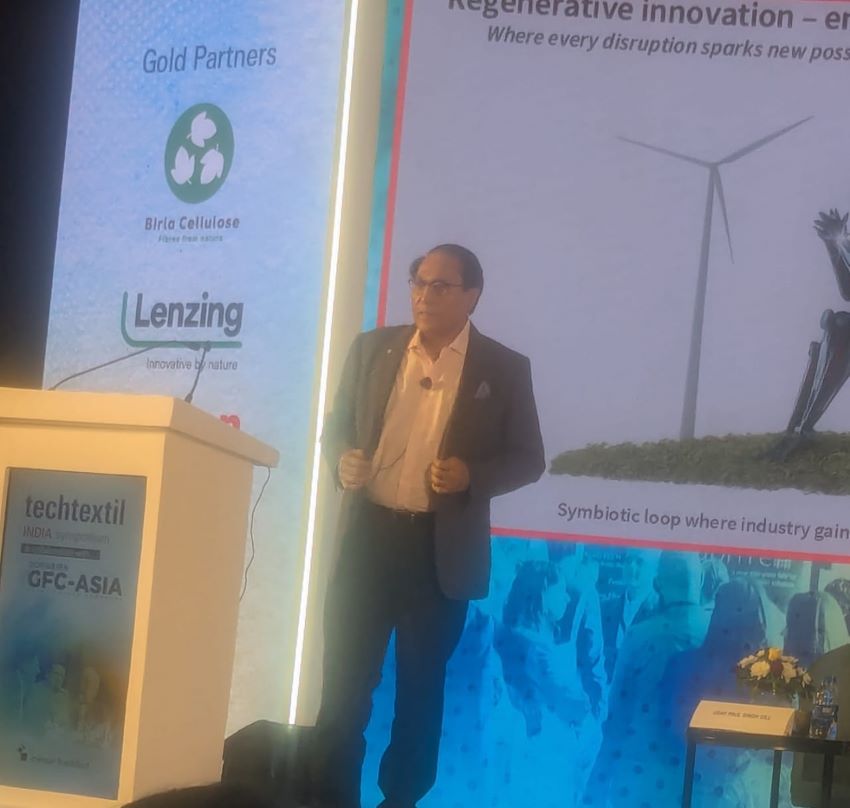Waterless dyeing technology has caught on in a big way in the textile industry. It aims to reduce the vast volumes of water used in textile and garment dyeing and replaces water with recyclable CO2, thereby reducing energy use and eliminating the need for added chemicals. Waterless dyeing process works by putting carbon dioxide under extreme pressure of 1,100 lb per sq. inch, turning it supercritical. This means it has the properties of both a liquid and a gas.
Once the carbon dioxide cools and returns to its gaseous state, 95 per cent of it can be recycled. The technology also produces up to 50 to 75 per cent less carbon dioxide emissions. No additional additives are required and clothes dry quicker. And, of course, no water is used in the process.
Adidas was the first brand to introduce DryDye in 2012. This is a radical innovation because it employs an entirely different medium (compressed carbon dioxide) to transfer color. This process has multiple benefits: not only does it transfer color into the material more efficiently than water (using 50 percent less chemicals and 50 percent less energy), it automatically results in the recycling of the carbon dioxide itself.












